Artron Op-Ed | Edward Zeng: Telling the Stories Behind the Gig Economy Through Visuals 
2022-09-14 09:10
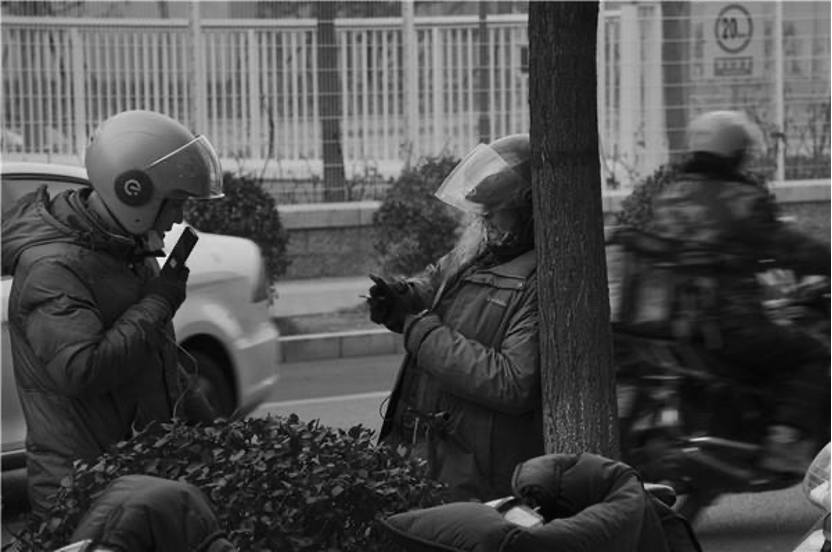
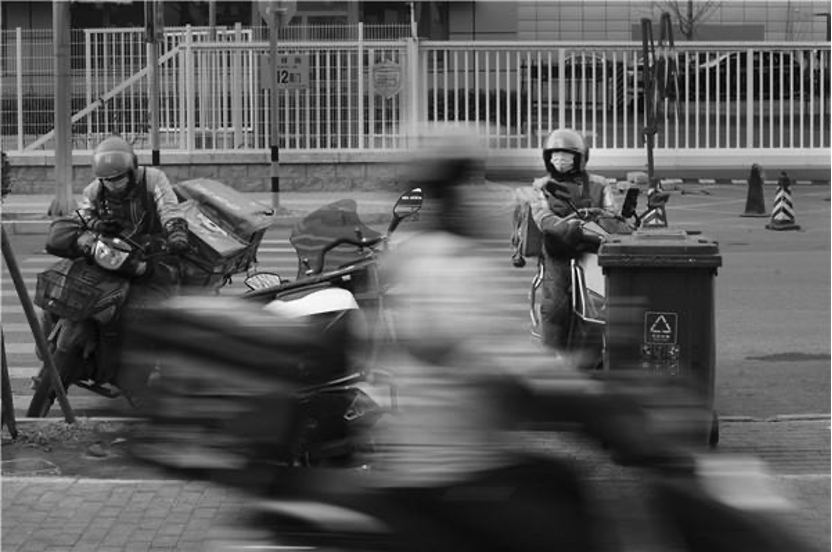
A crescent moon hangs in the sky, whilst wispy clouds drift pass in front of the moon intermittently.
Flash delivery man (equivalent to Uber’s cross-town delivery) Wang Ming (pseudonym) peers up at the moon as the ruins of a recently demolished building lay scattered beneath his feet.
Photographer Edward Zeng, noticing the scene, snaped a shot to capture the moment with his camera in hand.

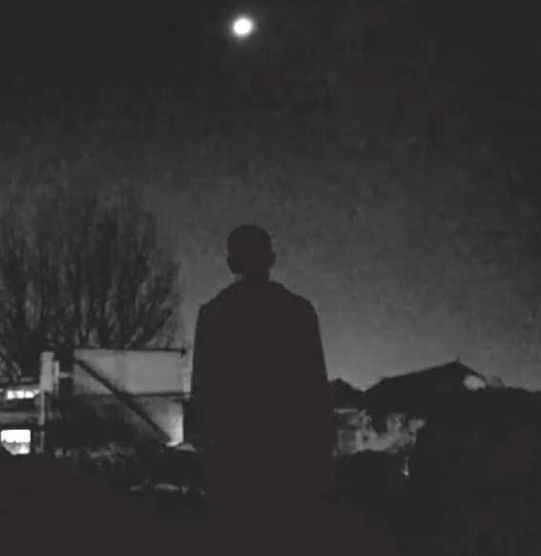
Screenshots from Edward Zeng's video "On the Road"
Incoming audience see the back of a sullen figure standing amidst the ruins of a large building, gazing up at the moon.
At the edge of the ruins sits a shack-like home, no larger than ten square meters, in which four hopeful migrant workers reside.
This is where Wang Ming, a flash delivery man, calls home, with the vibrant nightlife of Beijing merely on the other side of the wall, and lights from high-end apartments and shopping malls twinkling like stars, radiating a dazzling brilliance in the distant night sky.

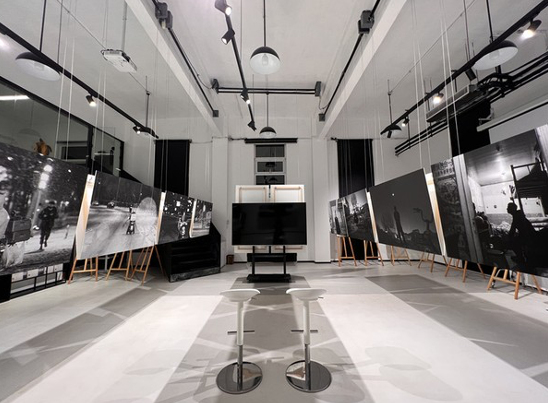
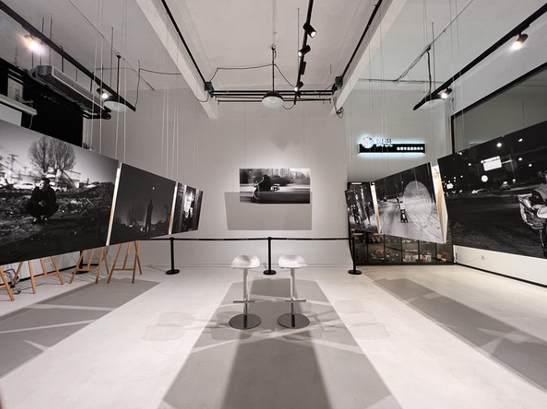
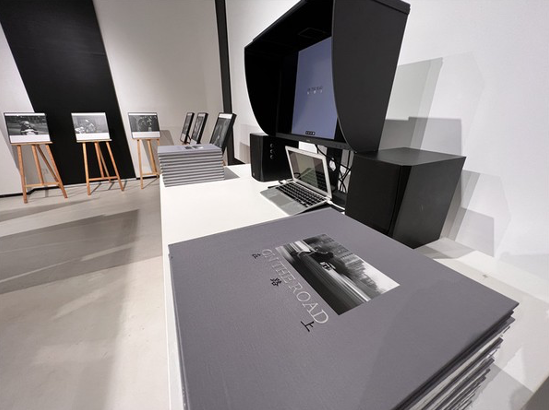
Images from Edward Zeng's solo exhibition "On the Road"
On August 30, 2022, Edward Zeng's solo exhibition "On the Road" opened in Beijing's Tuman Photography Art Space. The exhibition curates a series of photos that Zeng had taken focusing on the lives of workers in China’s up and booming gig economy, specifically in four sectors: package delivery, flash delivery, designated driving, and takeout delivery.
The scenes above are featured in his work.
Zeng’s work focuses on these groups as they appear to be both familiar and strange to us at the same time: they are familiar in the sense that we see them every day; however, they are totally strangers to us as we know virtually nothing about them, except for those brief moments when we receive a package, get our ordered food takeout or, book a designated driver. Can you believe that a takeaway rider only has 5 seconds to grab orders?
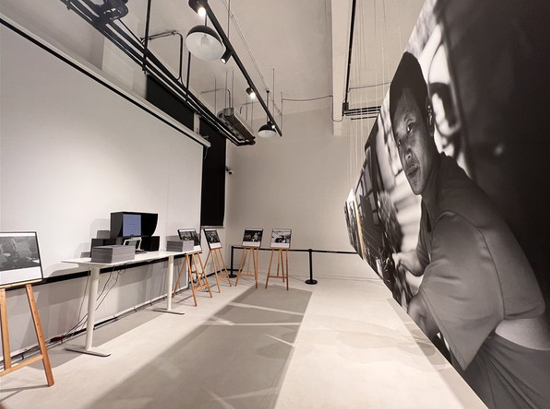
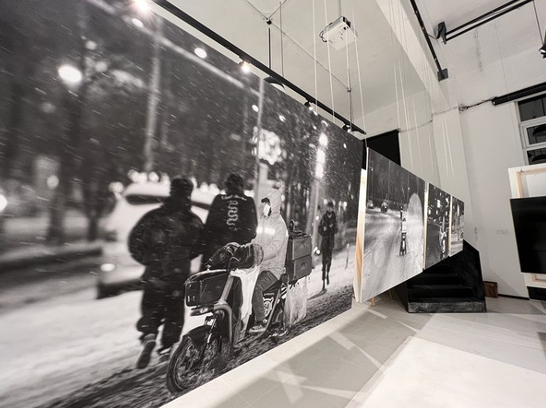
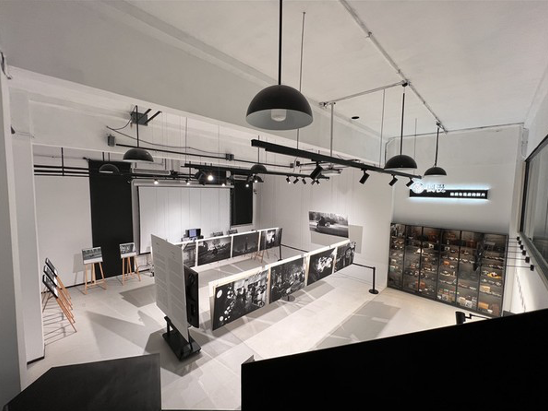
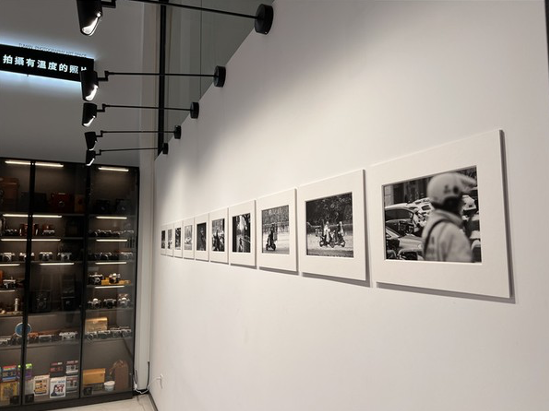
Scenes from Edward Zeng's solo exhibition "On the Road"
Zeng wants to use his camera to tell the stories of these easily being marginalized groups. The stories are about their challenges, resilience, and optimism. They also epitomize the struggles of the underclass and the harsh reality of one side of our society, all of which had a profound impact on him. He hopes his photos can bring people’s attention to this often -neglected group, and prompt people to think about how we all can evenly benefit from dividends of economic and social development, hence, achieving a better world for everyone.
Of course, there's a deeper reason, too, which lies in Zeng's interest in economics. In his learning and research, he noticed a brand new, innovative economic industry that just emerged from his daily life.
"One reason for the rapid growth of this new industry is that the workers are all contractors, and the platforms split the earnings, so they aren't required to cover social security or other expenses, thus drastically reducing the cost of the industry's rapid development. In the U.S. they have a term for this kind of economy: gig economy. 'Gig' means a temporary part-time job. The reality, when it comes to jobs in these emerging industries, is that they all initially start as part-time jobs, and since they aren't regular jobs, you don't get benefits," Zeng said.
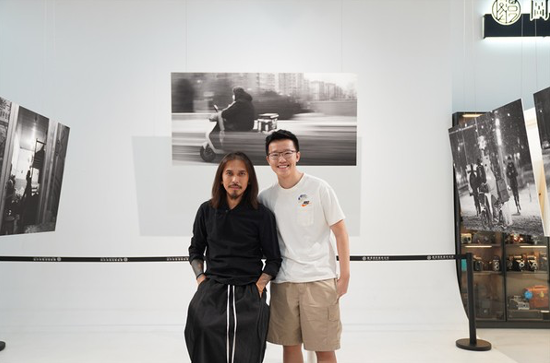
Edward Zeng with his mentor, Lyu Xiaolu, director of Tuman Photography Art Space

Edward Zeng with Chinese darkroom master Zhang Zuo (second from right)
He wants to dig out the logic behind this emerging economic industry. That is, the conveniences we enjoy today — such as fast package delivery, designated driving, and food takeout delivery etc. — are all built upon relatively cheap labor. Such suppressed labor costs are achieved because gig workers field do not have the social benefits they deserve. On the surface, the new industry seems to offer a handsome salary, but the remuneration doesn't currently translate to an improved standard of living. One reason is the lack of benefit protections; another is the imbalance between urban and rural development, leading to income being sent back rural home rather than used to improve the workers’ standard of living in big cities.
He hopes that his work can provoke people to reflect on the conveniences they take for granted every day and pay more attention to delivery workers, helping gig worders get their fair share of economic dividends.

Edward Zeng
Dialogue
Artron: First, tell us what inspired you to create this series.
Zeng: There were two things. First, when I went to Gansu with a photography group last summer, the local villages left a deep impression on me. It looked just like what appears in the movie "Return to Dust," where the villages are mainly populated by elderly people and young kids. After high and even middle school, lots of the local kids opt to stop their education and most of them leave for cities to find work. While chatting with some villagers, I learned that there were quite a few who worked as delivery guys in Beijing, which triggered my curiosity.
At the same time, I've always been interested in economics. The English newspapers and magazines I tend to read often mention the gig economy, referring to the industry sectors spawned by the Internet, such as package delivery, designated driving, flash delivery, and takeout food delivery. Workers in these fields first all take part-time jobs, called "gigs" in English. Since they're part-timers, the platforms split the earnings. They aren't required to cover social security or other fees, which helps to save on labor costs, and also contributes to the industry's rapid growth. It's a similar situation in China where workers all have labor contracts without social security benefits. I wanted to understand this emerging industry, connect with the workers, find out what their actual living conditions are like, and whether they're receiving their rightful share of the dividends brought about by the rapid growth of the industry.
These are the two things that motivated me to focus my camera on this group.
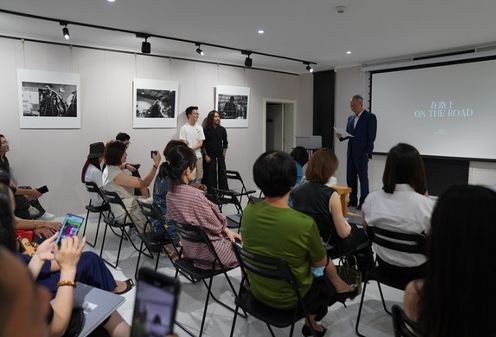
Opening Ceremony Speech by Artist's Father
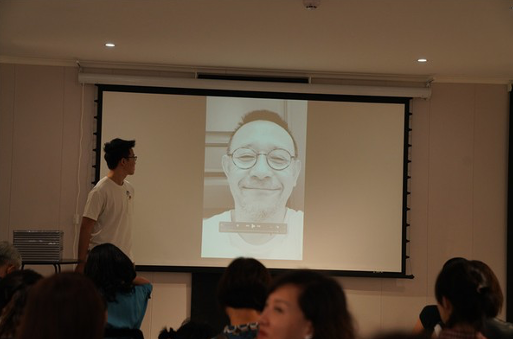
Speech by famous director Jiang Wen
Artron: What impacted you the most while you were in contact with this group?
Zeng: Delivery workers often appear in our lives, but they're also one of the most easily overlooked groups. During our interactions, I learned their living conditions are usually quite difficult and that most reside in urban villages (villages in a city).
My home is right across from an urban village where a lot of the delivery workers stay. They work very hard, the living conditions are poor, but they're very optimistic, don't complain that much, and always laugh and joke around when they're working together. Their struggles and optimistic attitude towards life really touch me.
Although this new industry appears to offer them the potential to earn a lot of money, the pay actually doesn't significantly boost their standard of living. One reason is the lack of benefits; another is the uneven development between urban and rural areas. Most of them send their salaries back home. The money isn't being used to improve the living standards of workers in big cities.
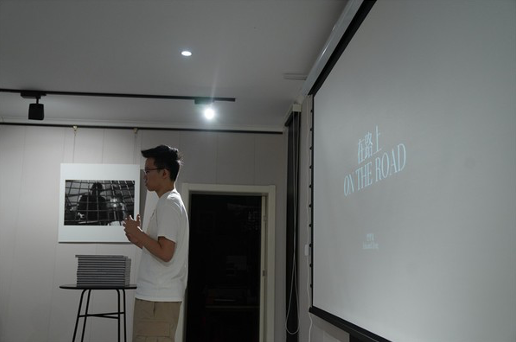
Artist's Opening Ceremony Speech
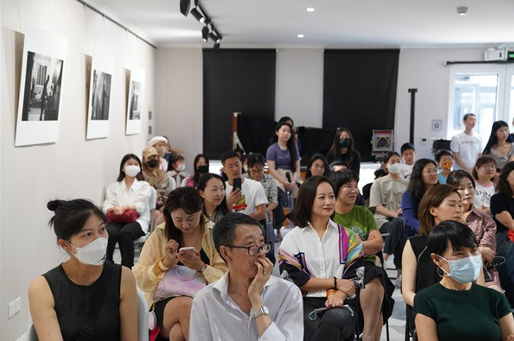
Opening Ceremony
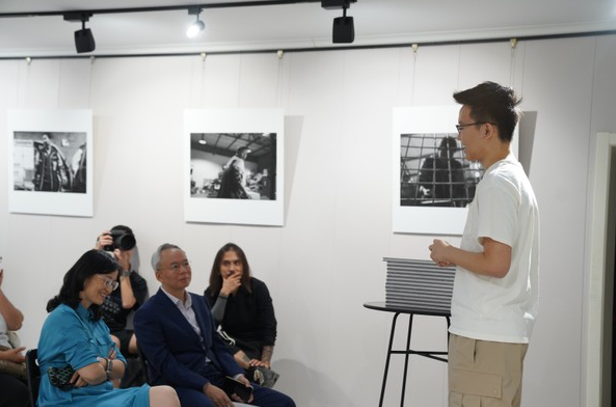
Opening Ceremony
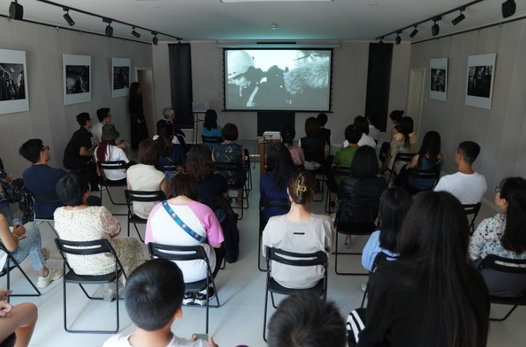
Opening Ceremony
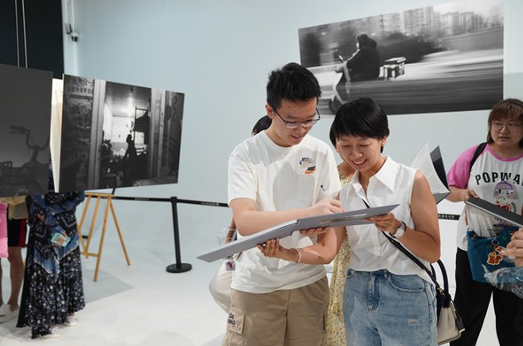
The artist's photography catalog was sold on-site during the opening ceremony with proceeds to be used for education programs in the Daliang Mountains region
Artron: In your photography, Wang Ming's story is really powerful. Could you tell us more about him specifically?
Zeng: Wang Ming works as a flash delivery man. He moved to Beijing after the birth of his child, because when his wife needed to stay home to care for the child, the family's income was reduced by half. As it became difficult as the sole breadwinner to support his family in his hometown, he decided to come to Beijing to look for a job.
As a flash delivery worker, Wang Ming makes around 10,000 yuan each month. He lives in an urban village next to the Airport No. 2 Expressway. The first time I went into that village, it didn't feel like I was still in Beijing at all. So it made a big impression on me. The streets were cramped, chaotic, and noisy, but were all brightly lit up. The homes were really cluttered, too. Some of them had just been torn down and were in a state of ruin.
Wang Ming's home is barely ten square meters. Besides him, there are three other people living inside, making the living environment extremely cramped. The evening I took pictures of Wang Ming, the moon was so big. After dinner, Wang Ming came out and just so happened to stand on top of some ruins from a house that'd recently been demolished across the street, tilted his head, and looked up at the moon. That scene genuinely touched me.
As we're used to city life, we don't normally pay much attention to what life is like for people in the urban villages. Actually, many people work in the big cities live here. The glamorous metropolitan life in Beijing, Shanghai, Guangzhou, and Shenzhen does not represent everyone’s experience in big cities. A lot of people still struggle, and a wall is the only thing separating these two worlds.
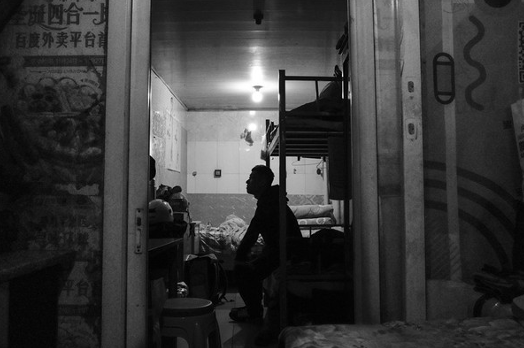
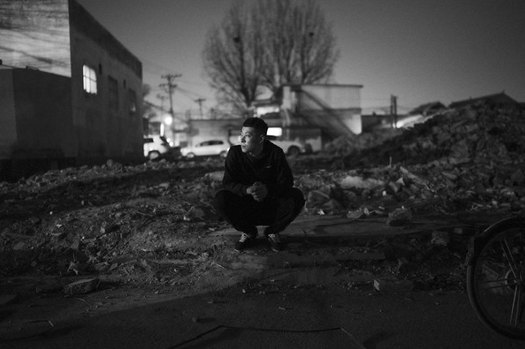
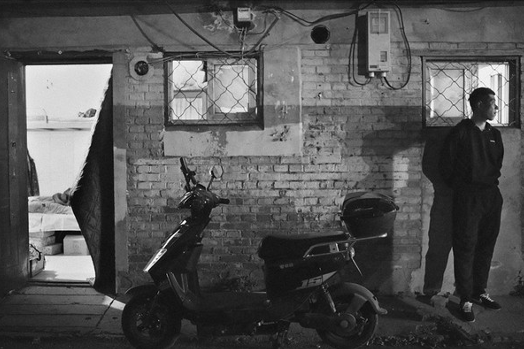
Photo by Edward Zeng
Artron: You're still in high school now. At this age, it’s surprising you have such deep thoughts and sharp observations. What do you do in your daily life that lead you to this point?
Zeng: I enjoy watching documentaries, especially any that explore social issues or discuss the lives of people at the bottom of the social ladder. When I see their struggles, I reflect on the fact that my own life is too easy. There are a lot of people in society who still live hard lives, which are really not easy.
Artron: Your pieces are all black and white. Any reason you don't use color?
Zeng: There are also two reasons. On one hand, I'm influenced by the Japanese photography master Daido Moriyama, whose documentary photography, with its black-and-white textures, is very touching. Secondly, since the world isn't always bright or shiny, black-and-white images do a better job of expressing the message and meanings I want to convey.
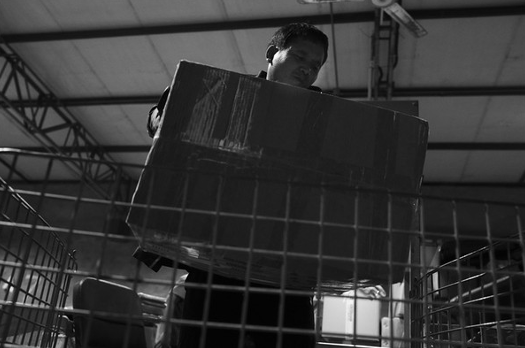
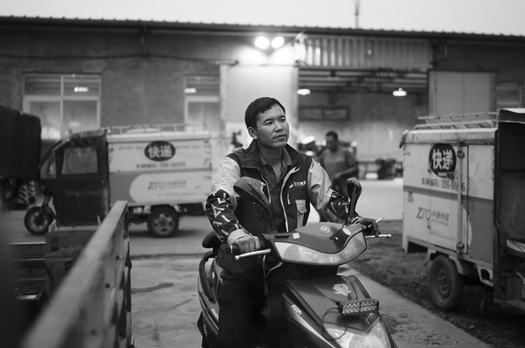
Photo by Edward Zeng
Artron: What's your creative process like?
Zeng: During the photoshoot, I was a bit nervous at first because I didn't have any experience, but with my teacher's help, I figured it out gradually. For example, I will capture close-up shots to convey the personalities and emotions of the characters, especially their eyes. This has greatly helped improve my photography skills and understanding of portraying individuals.
What I remember the most, is that in December last year, I photographed a group of drivers at the China World Trade Center. It was really cold that night, so I had worn my thickest down jacket, but I was still freezing and shivering. I can really empathize with the challenges these gig workers face in their lives.
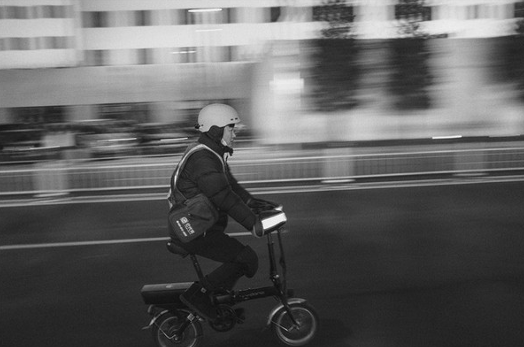
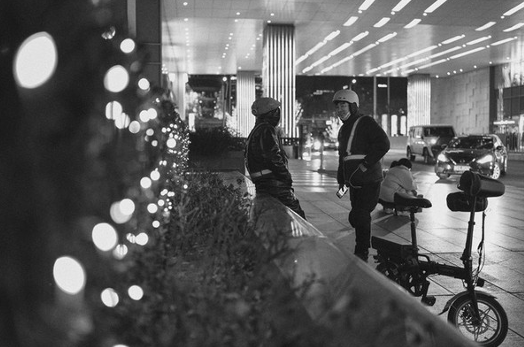
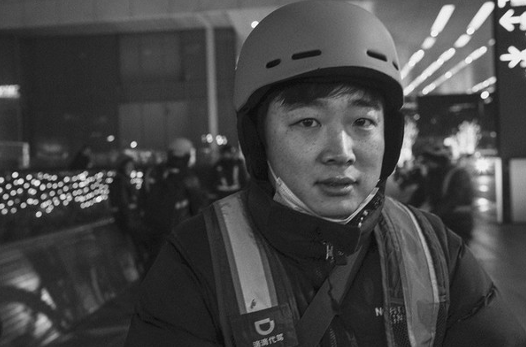
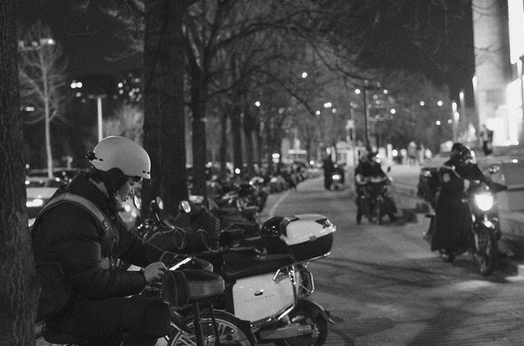
Photo by Edward Zeng
Artron: What kind of influence will this work have on your future?
Zeng: During the creative process, I paid close attention to this group of people, delved deeper and deeper into their lives, and got to know them better. Moving forward, I'll care more about those marginalized groups. I hope they can benefit more from dividends of social development. The photoshoot allowed me to see the gig economy from a different perspective. While everything I read about in books provides a top-down macro perspective, it wasn't until I got close to the workers in this industry that I gained a bottom-up perspective. I'm going to try to incorporate this bottom-up approach into my future study of economics.
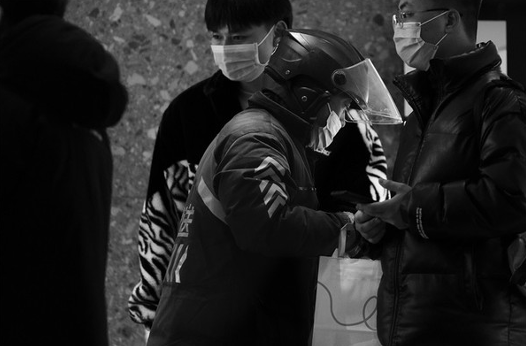


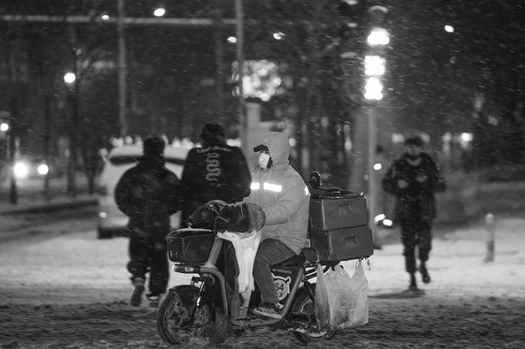
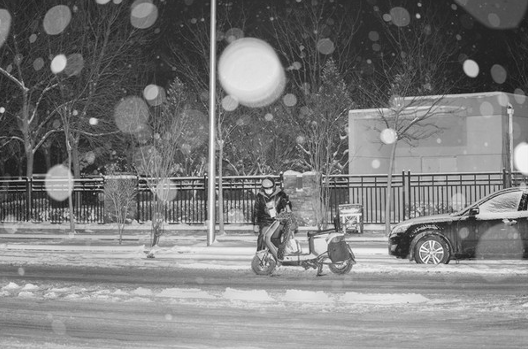
Photo by Edward Zeng
About Tuman Photography Art Space
Tuman, the leading brand in photography education for the past 11 years, has a youthful team of teachers headed by Mr. Lyu Xiaolu, whose 12 years of photography teaching experience is widely lauded by students and parents alike for his integration of different innovative ideas, thoughts, and forms of artistic creation. We help children in impoverished mountainous areas of China through the power of photography, hoping to spread more positive energy through pictures — as Tuman, photography with a warm touch.
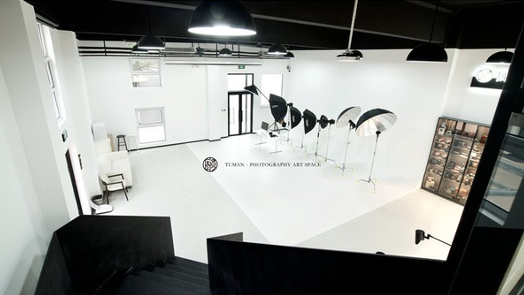
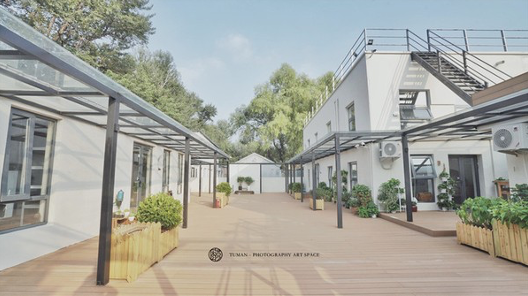

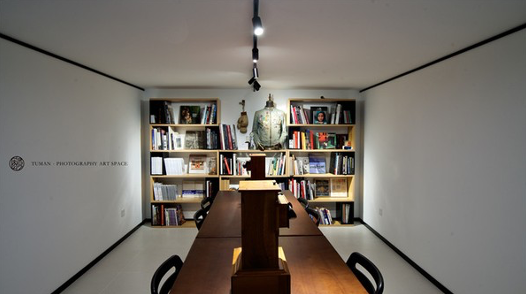
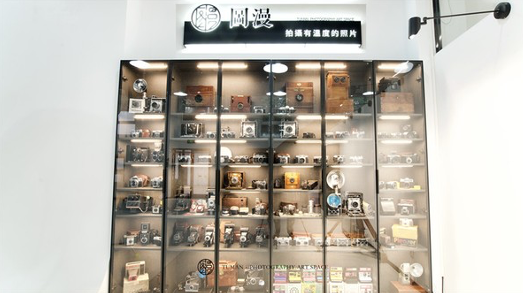
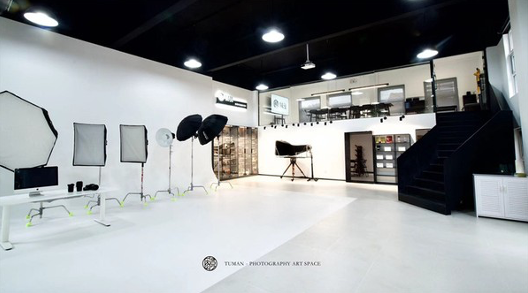


##Edward Zeng #Couriers More exciting events at it's ART!
Bringing together renowned artists, curators, art organizations, and government agencies to create a professional art selection, help young artists start their own businesses and get employed, boost artistic influences, promote trade, and protect artwork from copyright infringement.
Author: Yaojie Chen